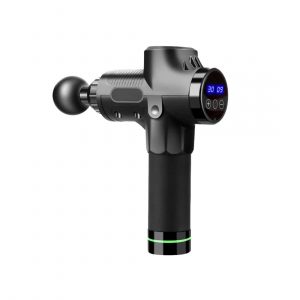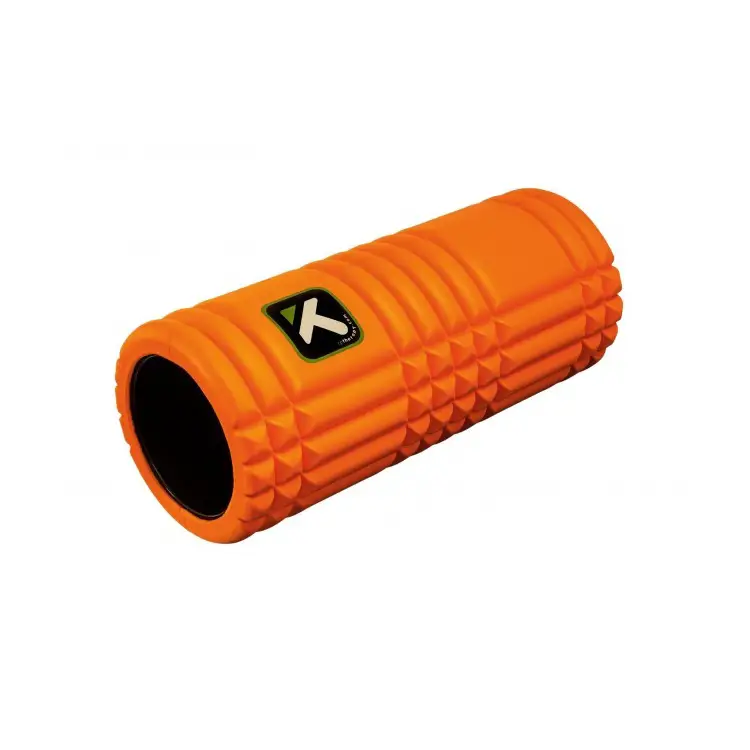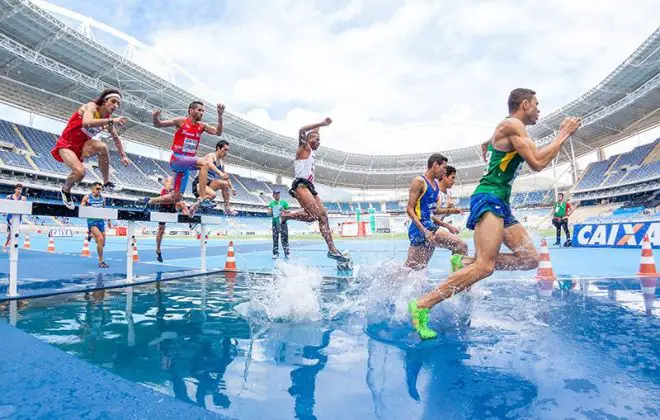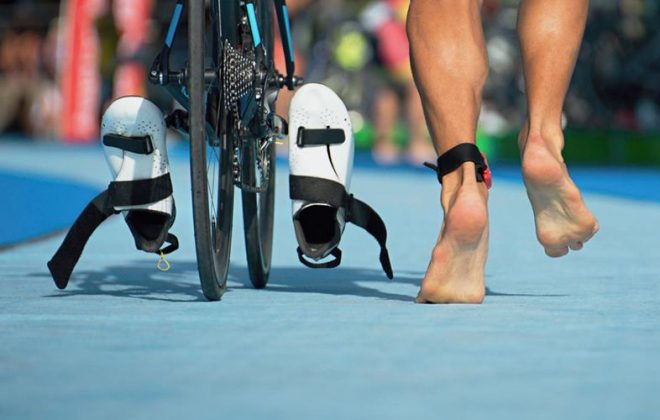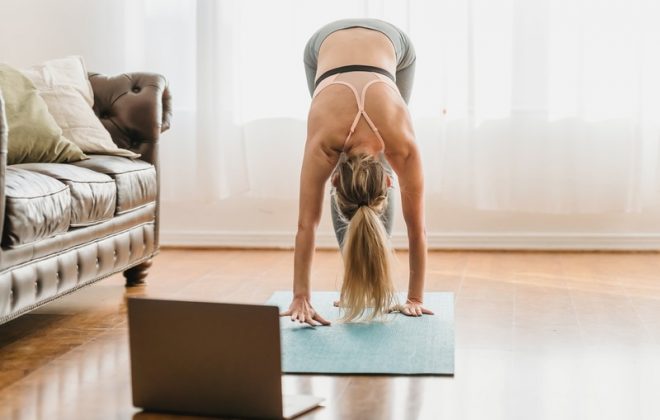How To Become A Better Athlete – 38 Practical & Useful Tips
As athletes we’re a competitive bunch. We strive to improve our physical condition and always look for ways how to become a better athlete. But there’s one common theme that frequently comes up in my conversations with friends and amateur athletes. And that’s professionals and elites.
How come they are sooo far ahead? What makes them that good? Is it really training all the time or do they have some secret formula?
How to become a better athlete
There’s a misconception out there that since professional athletes don’t need to work a day job they have all the time in the world to train and recover. And that’s what makes them who they are.
The truth is that many professionals do work full-time jobs, just like ‘regular’ people. And they have a lot to balance besides training as well. All the sponsor commitments, interviews, photo shoots, product launches and much more – it all takes its moral toll.
Olympic champion in triathlon Gwen Jorgensen won her first professional race years before she left her full-time job as an accountant.
But, in a way, most professional and elite athletes do have a ‘secret’. That’s knowledge and experience (or at least a coach) they’ve gained over years of training and racing. They structure their training process differently and focus on different things, so that no time is wasted. And that’s what separates them from amateurs and ‘hobby’ athletes. Not just putting more hours of training in.
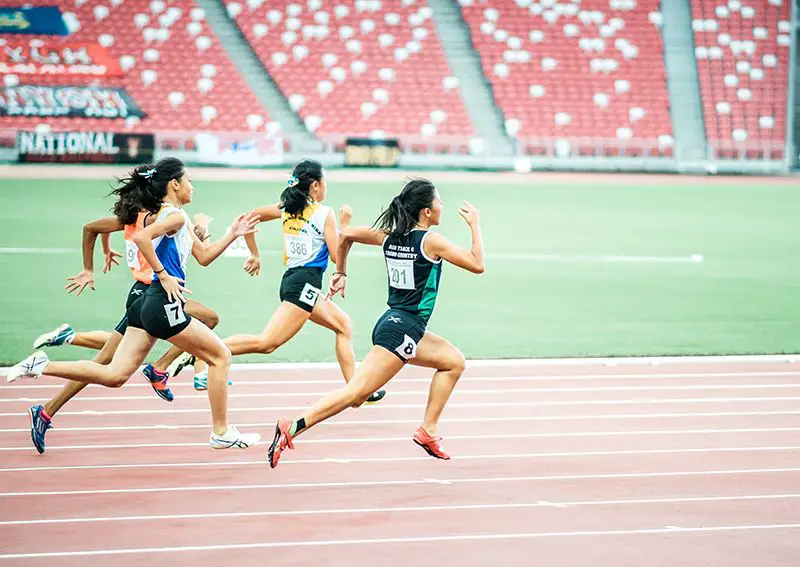
A great athlete is a well-rounded one and there’s a lot that goes into it.
Apart from effective training process & methodology, there’s an even bigger mental component. Discipline, lifestyle habits, self-awareness & personal development – all of that (and more) combined create an athlete that is strong, endure, fast and, most importantly, injury free.
Scroll down for a list of ways how to become a better athlete and be the best version of yourself. These are in no particular order.
#1 Start the season with a solid foundation
One thing professionals have dialed in that amateurs tend to overlook is the foundation. Things like long & easy aerobic base building sessions, conditioning and overall strength building exercises, mobility & injury prevention and so on.
Yes, this low intensity ‘easy’ work doesn’t sound fun, which is why it might be tempting to jump straight to intense intervals. However, that’s what sets athletes for success. It makes them fatigue slower, tolerate more training load later in the season (where it actually matters) and, therefore, improve more.
One doesn’t need years to build a foundation. A couple of months of focused low intensity training will already provide significant fitness boost and prepare the body for the hard work ahead.
#2 Have a weekly schedule and be disciplined about it
Finding time for training often comes down to time management. Most of the people can carve out 30 minutes from their day to go for a very focused run session or do any other form of activity. And that’s every day.
Due to my full-time job, I did a lot of 30 minute sessions myself during my Ironman training. That was one of the key factors that helped me build endurance & speed required for the race.
Having a specific weekly routine and being disciplined about it will help to stay on track even when you don’t feel like it. Maintaining training consistency throughout weeks and months is one of the most effective ways how to become a better athlete.
#3 Prioritize sleep
Sleep is the most powerful recovery tool. It stimulates muscle tissue repair, calms down the nervous system and normalizes internal processes.
While many don’t sleep 8-9 hours that on average is required to maintain an intense training schedule, it’s not only about quantity. A truly restorative sleep is what matters. With a couple of small changes it’s possible to significantly improve the quality of sleep and speed up recovery.
#4 Have a goal and focus on it
Focusing on the long term goal and end result really helps to not get caught up in the moment. I learned it the hard way, as I always pushed myself a little more on recovery sessions or stayed up late.
When one sets a bigger goal and focuses on it, all decisions get easier. All of a sudden going out and staying up late is no longer fun, because that compromises recovery. Taking intervals harder than needed or testing oneself during recovery days breaks up the whole training program.
#5 Be patient
It’s in human nature to be competitive and sometimes impatient. We want results fast and often over-estimate what can be achieved in a year. Both in sport and life. However, there are no quick fixes or shortcuts. Real and sustainable progress comes over time.
It takes a while for the body to adapt to an increase in training load and it’s important not to rush it.
Recognize where you are in your training and focus on getting a little better than yesterday. Every day.
There might be times when progress is not visible and that’s ok. Training is like an upward spiral – with daily ups and downs you can really notice fundamental changes only as the time passes.
#6 Train the core
Core is the most important muscle group for any athlete. It’s like a central hub that all other muscle groups connect to.
Often the pain that athletes experience in one area is caused by tightness or weakness in a different muscle group. Strong core keeps muscles across the body in balance. Training it is one of the best way to prevent injuries and improve efficiency and form.
#7 Test your limits
Frequent testing is an important part of a training process. It helps athletes and coaches assess progress, set benchmarks, re-adjust training paces and, in general, learn what the body is capable of. Going really hard can be mentally tough, but it’s a great way to find what your weak areas are.
There are various ways how to incorporate testing into a training plan – stress/VO2max lab test, field test (time trial) or even a race. Make sure you’re completely recovered for these sessions to have the best overview of your physical condition.
If you’re doing a field test on your own, keep it short to avoid burning yourself out. Stick to one repetition only (sub-20min), but go really hard on it.
#8 Keep a training diary
Training diary is a powerful tool every athlete should make use of. Writing down how training sessions feel, how recovery proceeds and how does the overall progress go is a great way to learn what works and what doesn’t for your body.
Besides that, taking the time on a daily basis to process events and emotions helps to become more self-aware and emotionally resilient. It’s an overall very good strategy how to become a better athlete.
Related: 5 Ways A Training Diary Helps Athletes Train And Perform Better
#9 Strength train
Nobody ever said ‘do it slower’ or ‘throw weaker’ to an athlete. It’s always higher, faster, stronger. And there’s a reason for that.
Becoming stronger has an impact on all areas of performance ability. With specific strength training sessions athletes can develop power, improve maximum speed, promote muscle economy and even build endurance.
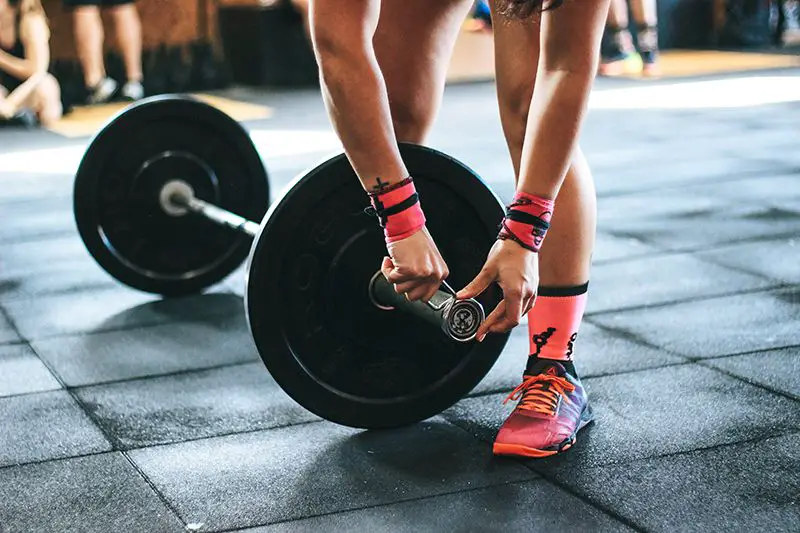
#10 Do a cool down and stretch after a hard session
Take some time after the hard effort to let the body ‘cool off’ before jumping to other daily commitments. Besides physical benefits it’s also a good way to relax mentally after an intense practice.
As little as 10 minutes of low-intensity movements speeds up the process of clearing the lactic acid and other metabolic waste from the muscles. A gentle stretch, on the other hand, helps to relieve muscle tightness and promotes blood flow.
#11 Plan in years, not weeks
One of the best ways how to become a better athlete and ensure consistency is to have a periodized training plan. Think ahead of time how the season might look like, when you’ll have more time to train, which races or travels you have in mind and so on.
Start with the off-season and split the plan into phases that focus on one specific area at the time – strength, power, endurance, etc. Make sure the plan is adapted to your lifestyle, takes the current fitness level into account and is balanced in low, moderate & high intensity. There’s no point in having a plan which you can’t follow.
#12 Train in hard conditions
Mental strength is just as important as physical strength. Often conditions on race day are not ideal or something unexpected happens. In such cases athletes rely on their ability to stay resilient, push through obstacles and not let destructive thinking take over. On top of that, mentally strong athletes are also able to push themselves harder.
Learn to train your mind as well as your body. Expose yourself to as much uncomfortable things as possible to practice mental strength. Deliberately do something you don’t feel confident in – train in harsh conditions (wind, rain, cold), do long sessions alone in silence or even try new training practices.
Be willing to be uncomfortable in training, so that whatever happens on race day feels easier.
#13 Be open-minded
Successful athletes are open to critique, feedback and, most importantly, change. Consistent research, trying out different training approaches and incorporating best practices into the training process are all great ways how to become a better athlete.
Listening to podcasts, in particular, helps to discover new ‘tricks’ and hear different perspectives.
#14 Work with a coach
If you don’t have one yet, consider hiring a coach. Having someone look at your training from the side and tell what you’re doing wrong is by far the best way how to become a better athlete.
A coach will be able to provide a different perspective to your training, find areas of improvements and help set achievable goals that motivate you to work hard. A coach will also provide a structured training plan that will take any guess work out of the picture. You’ll only need to be concerned about showing up for your session on time.
#15 Target supercompensation instead of fatigue
Training is a good thing, but it’s worth remembering that it’s only a stimulus for adaptation. Supercompensation effect that takes place after the body has recovered from training fatigue is what we’re after. Not physically punishing ourselves and breaking the body down.
Quality trumps quantity every time. It’s best to have several short and very qualitative sessions that increase the fitness slightly, instead of one big session that keeps you sore for another 3 days.

The Resilient Athlete
A Self-Coaching Guide to Next Level Performance in Sports & Life
Are you aiming to become a resilient athlete who is able to withstand any pressure? Be able to jump on any opportunity? Take any challenge life throws at you head on?
Then this book is for you.
Learn more#16 Have a recovery routine
Figure out what kind of recovery measure works best for you and automate the process. A smoothie after a training practice or a massage once per week – have a plan in your head and consistently stick to it to make sure you have the energy for the next session.
Personally, I found cold showers and berry smoothies to be the most effective ways to recover after a training session.
Related: 14 Effective Ways To Reduce Muscle Soreness And Speed Up Recovery
#17 Perform drills to improve technique and form
Drills are simple exercises that replicate correct movement patterns. Repeating such movements hundreds of times over the weeks, months and years helps athletes to improve technical mechanics and build strength in stabilizing muscles. All of this helps to create efficiency and reduce the risk of injury.
Professional athletes automate this process by incorporating a form of drills into their sessions – either during a warmup or on easy days.
#18 Stay positive and focus on yourself
Not always things go according to plan. There will always be external factors which are outside of our control.
Whatever happens in life, never give up on yourself. Always look at the bright side and focus on what you do well instead of what is wrong in the world. Negative thoughts can pile up and get very destructive.
#19 Train in a group
Many pro athletes agree that having a community that pushes you is one of the best ways how to become a better athlete. Training with a group adds a bit of competitiveness to the whole training process and, in a way, makes it seem easier and fun.
Having training partners that you don’t want to let down helps to remain focused and keep the motivation strong. You’ll work much harder to keep up and not to fall off the pack than you would alone.
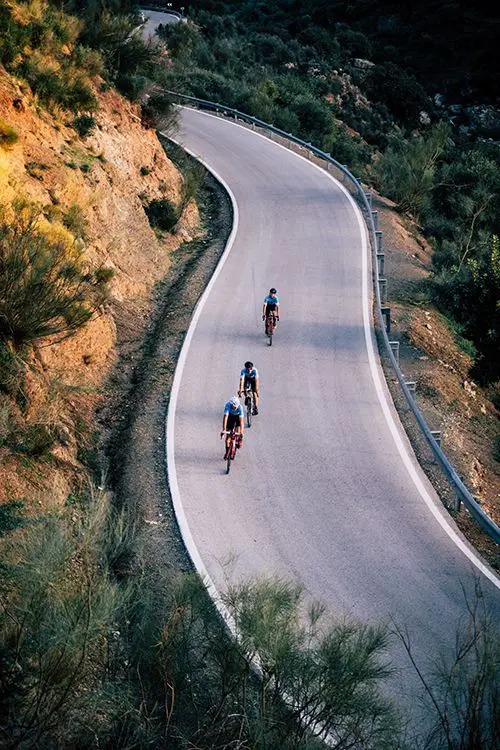
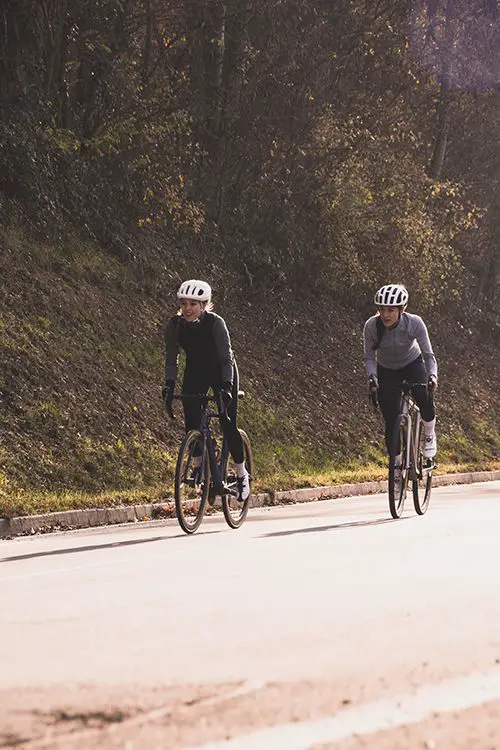
#20 Warm up before a session
Skipping warm ups before a training session is a frequent mistake amateur athletes make. And in vain.
‘Cold’ and tight muscles don’t transport oxygen well, fatigue faster and are at higher risk of overuse or strain. Warming up the body prevents that – it improves performance, mobilizes joints and helps to avoid injuries.
#21 Clean up your diet
How we feel and how we look are largely determined by what we eat, so it’s a good strategy to optimize that.
Athletes might want to minimize the amount of bad foods they are consuming. This will reduce the overall inflammation and stress on the body, which speeds up recovery. Junk, processed, fried, sugary and ready-made foods & drinks all have to go eventually. It’s also a good idea to consume less big meals and alcohol, as the body spends too much energy processing those.
Instead, include more plant-based and natural foods. More vegetables, fruits and whole grains.
#22 Get a regular massage
If you have the opportunity, schedule a deep tissue massage once per month – preferably during recovery weeks. This practice helps to relieve muscle tightness accumulated over weeks of hard training and speeds up recovery.
If regular massage is not possible, at least invest in a foam roller. Use it to roll out tight muscles for 2-3 minutes after every hard session. Or try self-massaging tight muscles and joints.
#23 Stay humble
Truly great athletes don’t only think about themselves. They respect everyone else involved in the sport – including their opponents – and give credit wherever it’s due.
Ego can make people selfish and unfriendly. Staying humble and recognizing everything besides oneself is what creates a personality for the athlete.
#24 Be careful with training intensity
It’s great to include some intensity into every training session. Interval training (both low & high intensity) is a more efficient way to build fitness than prolonged efforts. It allows to include more training load into a session by balancing it with recovery efforts.
However, approach high intensity interval training with caution. Don’t reach exhaustion on a regular basis and allow several easy days in between hard sessions. Save the best performance for race day, otherwise you risk accumulating fatigue and sliding into training plateau.
Related: High Intensity Training For Endurance Athletes – How Much Is Too Much?
#25 Write down your why
Have a reason to train that is personal and unique to you. Don’t exercise just because everyone else does or says you need to stay in shape.
Find out the real (deep) reason that inspires you to wake up every morning and show up for a training practice. Write it down to make it tangible and use it to motivate yourself when you’re feeling down.
Does your why have an end goal (winning a race, losing weight)? Think about how will the training and motivation change once you reach that goal. Or when the goal changes.
#26 Do a post-season recovery
Take a couple of weeks completely off after every season. Use this time to reconnect with your hobbies, spend more time with family & friends and in general invest in yourself. This helps to mentally recharge after a long and stressful season, recover muscles and fully absorb the training load.
Many athletes don’t take a break, thinking they will lose all of the fitness they’ve built during the season. Yes, some fitness will be lost, but that’s just part of the process. Not taking a break will only add fatigue and can lead to a training plateau.
In reality, complete rest will set the body up for a quicker progress once you resume training.
After recovering you can resume training in the off-season mode with easy and aerobic exercise. It’s a perfect opportunity to work on the foundation and address any weaknesses or imbalances.
#27 Develop good habits
It’s not sustainable to always rely on willpower to do something. On some days it’s just harder to push yourself – that’s a fact. Developing good habits is a good strategy to get around it and ensure consistency.
Instead of changing the lifestyle overnight, adopt an athlete’s mindset and do a little every day. Build good habits gradually – over time these will substitute bad ones and will increase energy levels, maximize recovery and improve performance.
#28 Have a team around you
It’s always harder to do something alone, so create your personal team that will support and encourage you. Include your friends & family, coach, mentor, training partners, physiotherapist, sponsors, etc. – anyone from your network who can provide support (be it educational, emotional, physical or financial).
Surround yourself with people who give you energy and share your vision. Keep them updated on your progress, involve as much as possible in your journey and express gratitude for them being there for you.
People are more than willing to offer their support to those who they feel emotionally attached to.
#29 Spend time on mobility
Mobility exercises are light movements that focus on improving flexibility and building stability & strength in smaller (supportive) muscle groups that tend to get tight when training load increases.
As a whole, mobility is an area of physical fitness that helps to make the body more resilient and injury-free. It opens tight joints & muscles and makes them stronger, which also promotes better and more efficient form.
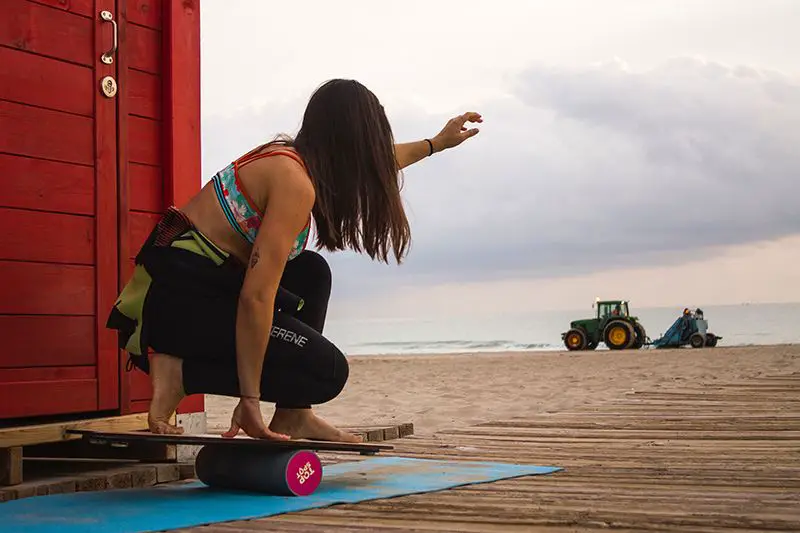
#30 Integrate training with daily life
Training doesn’t have to consume all free time. For amateur athletes, in particular, it has to be enjoyable and complement the lifestyle. Not be this daunting task they have to do before they can relax.
Get creative with your training and find what works for you. Train early in the morning to help yourself to wake up. Split longer sessions in two shorter ones to avoid getting too tired. Train indoors to spend more time with the family. Squeeze in a short run or gym session during lunch break to mentally recharge.
#31 Embrace failure
Don’t be afraid to make mistakes. Athletes fail all the time – that’s just the nature of progress. Training program was too ambitious, unexpected cold, taper didn’t work out as planned or a race didn’t go as expected. All of that is precious experience and counts towards getting better in the future.
It’s ok to fail and mess up. In fact, there’s a purpose in not getting what you want. It’s all about how you recover and what you learn from that.
Success – whichever way you define it – lies outside of the comfort zone.
#32 Do what you can to stay healthy
Take good care of your immune system and prioritize health above all else. Avoid crowded spaces, ensure personal hygiene, properly wash all fruits & vegetables, etc. If you’re feeling under the weather or sick – don’t push it. Take it easy or take a couple of days completely off until you feel better.
Always think long-term. Regardless of how sick you get, an illness will knock off at least 2 weeks of proper training and set you back much more than a couple of skipped sessions. Consistency is key to getting better every year.
#33 Keep it fun
Training is a commitment but it doesn’t have to be all serious. Beware of the mindset ‘all or nothing’. Instead, bring a sense of fun and game into your training and never lose it. It will make it easier to stick with the whole process.
There’s a lot of pressure on athletes’ shoulders, so it’s very important that they enjoy what they’re doing. Have some laughs with your training partners. Listen to good music. Relax and immerse yourself in the moment. Let the process do it’s work.
#34 Don’t stress about calories, focus on nutrients
There’s a lot of advice on the internet about how many calories athletes should eat and how much should come from carbs, protein and fat. There’s science to it, for sure, but it’s not that black and white. The body doesn’t only need macro nutrients (carbs, protein, fat) to regenerate and function well. More importantly, it needs micro nutrients (vitamins & minerals) to normalize hormonal balance, return to a resting state and be able to rebuild muscle damage.
The reason why many amateur athletes struggle with energy and excess weight is because they focus on how many calories they consume, instead of how much nutritional value is in the food they eat. Focusing on calories alone opens the door to eating low value foods that don’t contain required vitamins & minerals (processed, junk, sugary, etc.). In the end, we eat more and put more stress on the body.
When we consume nutrient-rich foods (fruits, vegetables, whole foods, etc.) however, we get more value with less food and the body doesn’t spend too much energy processing food.
#35 Set interim goals and celebrate small achievements
Very often athletes focus only on big goals and don’t take into account where they currently are. Those big goals can seem intimidating and it’s very easy to forget about smaller achievements that gradually move the athlete closer to where they want to get.
A better approach would be to set smaller goals as stepping stones and celebrate small successes. It will help to appreciate all the hard work that was put in and how far you’ve come.
For instance, if the goal is to win the national championship, a good stepping stone would be to place in top 10 first. Then to repeat the ‘winning’ time in training session. And so on…
#36 Meditate
Nowadays we’re always online – on our phones or elsewhere – constantly doing something or going somewhere. All of the expectations we place on ourselves increase the mental pressure and raise the overall stress level.
Instead, try to slow down, take it easy and stay present in the moment. Meditation is a very powerful practice that helps to learn to maintain self discipline, stay in the moment and fight distractions, which can significantly reduce the stress levels.
I often use Headspace app to meditate. In a strange way it helps to keep me consistent.
#37 Review the season and create a plan to address weaknesses
Addressing weaknesses is a sure way how to become a better athlete overall. Off-season is the best time to work on those – there’s enough time to build strength and fix any imbalances.
After every season take some time to look at what worked, what didn’t and what were the limiting factors. Focus on 1-2 most significant ones and create a plan how to fix those in the upcoming 3-4 months.
#38 Visualize success
Visualization is a powerful tool many athletes use. They spend time imagining their success before it happens, which creates a mental and emotional connection with the result and moves athletes closer to it.
It’s also a good strategy to plan what can happen during a race and be mentally prepared for it. Make that image in your head as vivid as possible and try to ‘replicate’ emotions, feelings, environment, sounds – anything you can think of.
Did you find this information useful? Share the post with others using the buttons below.
Tags In
Andrejs
Related Posts
Leave a Reply Cancel reply
GET A FREE TRAINING PLAN
Subscribe to my email list and get access to a free 4-week “back in shape” training plan
You’ll also get two full-body strength sessions and some other goodies!

How did I get here?
Hey there! My name is Andrejs and I am here to inspire, entertain and get you fit for any adventure.
I went from being an over trained pro athlete to an endurance coach sharing how to listen to your body and live life to the fullest.
Traveling, new sports & activities brought new meaning to my training and made it much more effective, fun and enjoyable. And I'm here to help you do the same.
